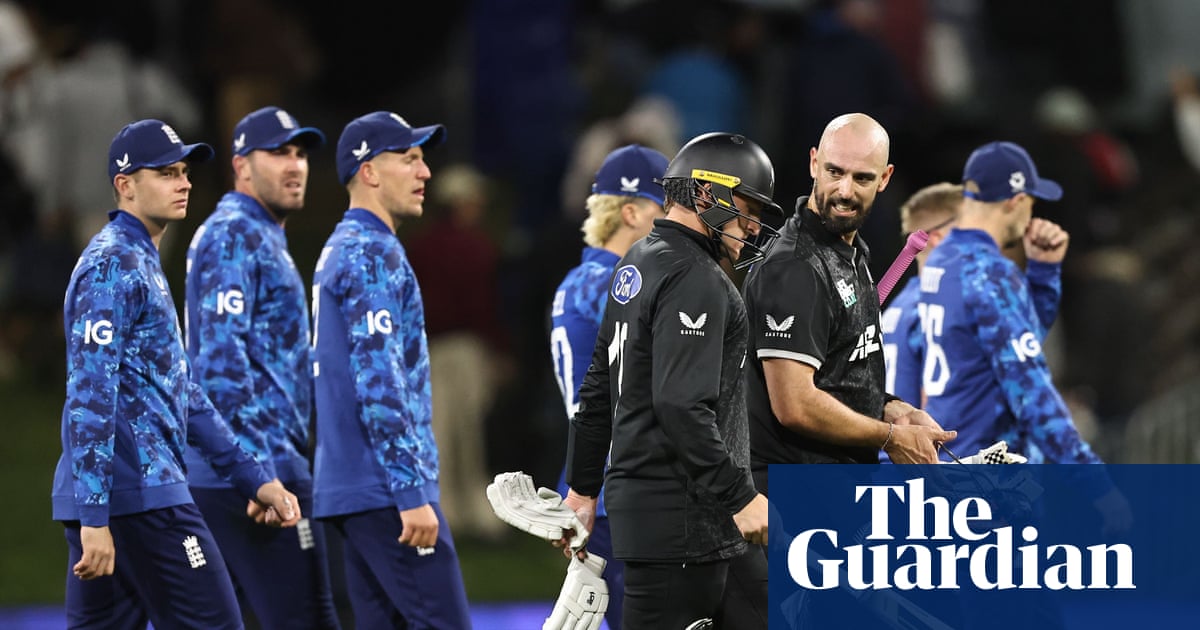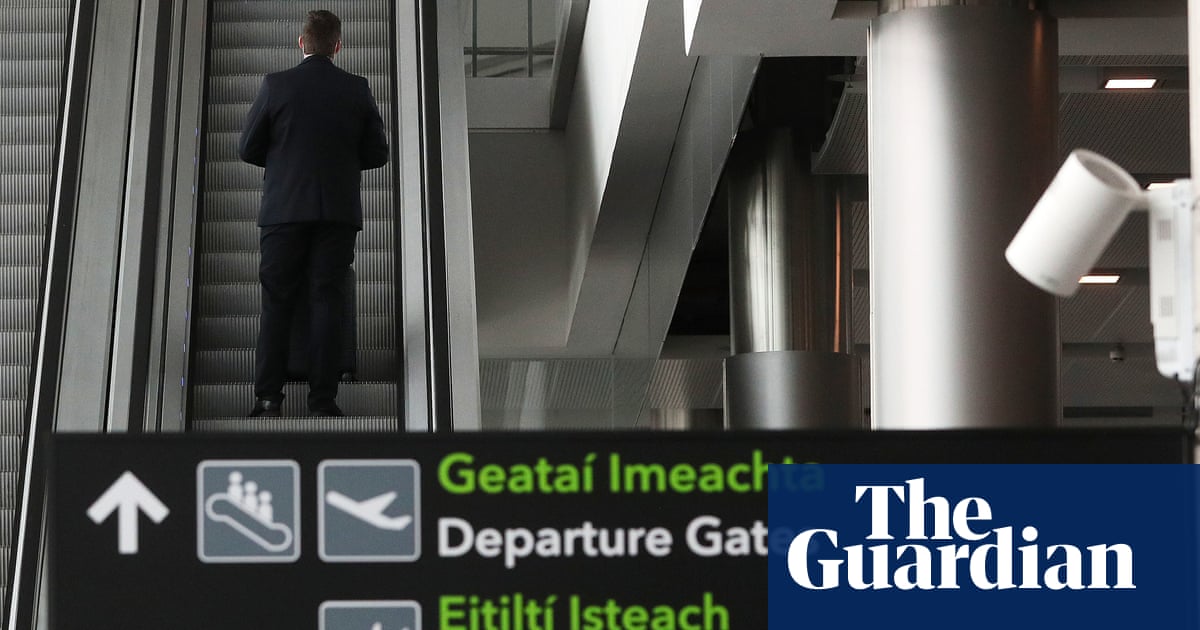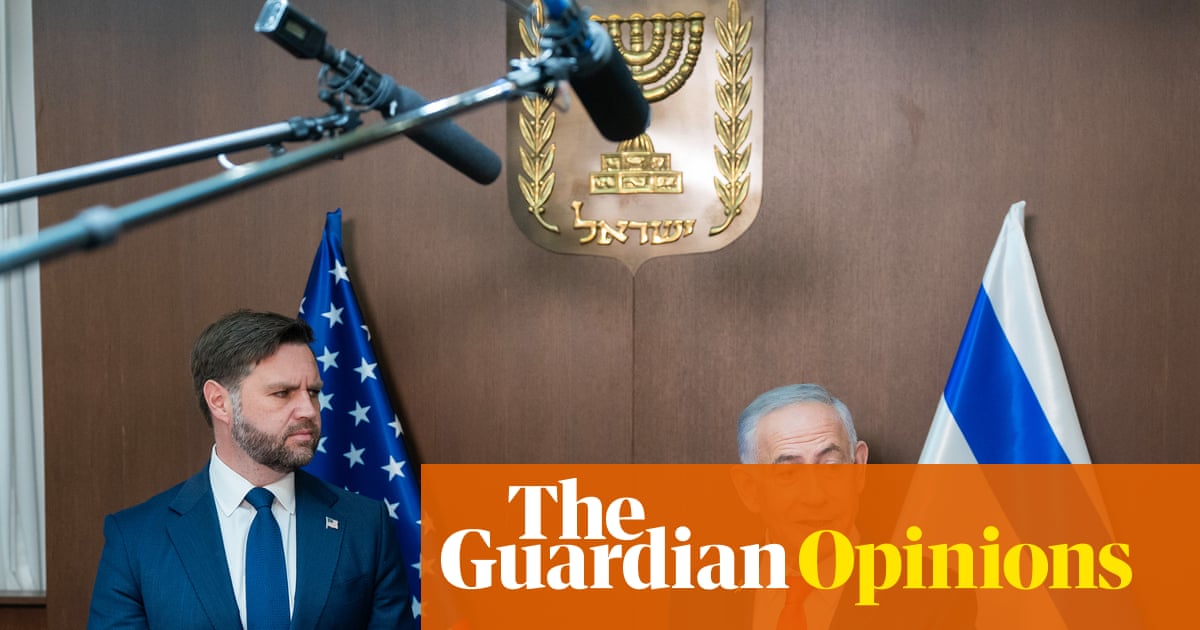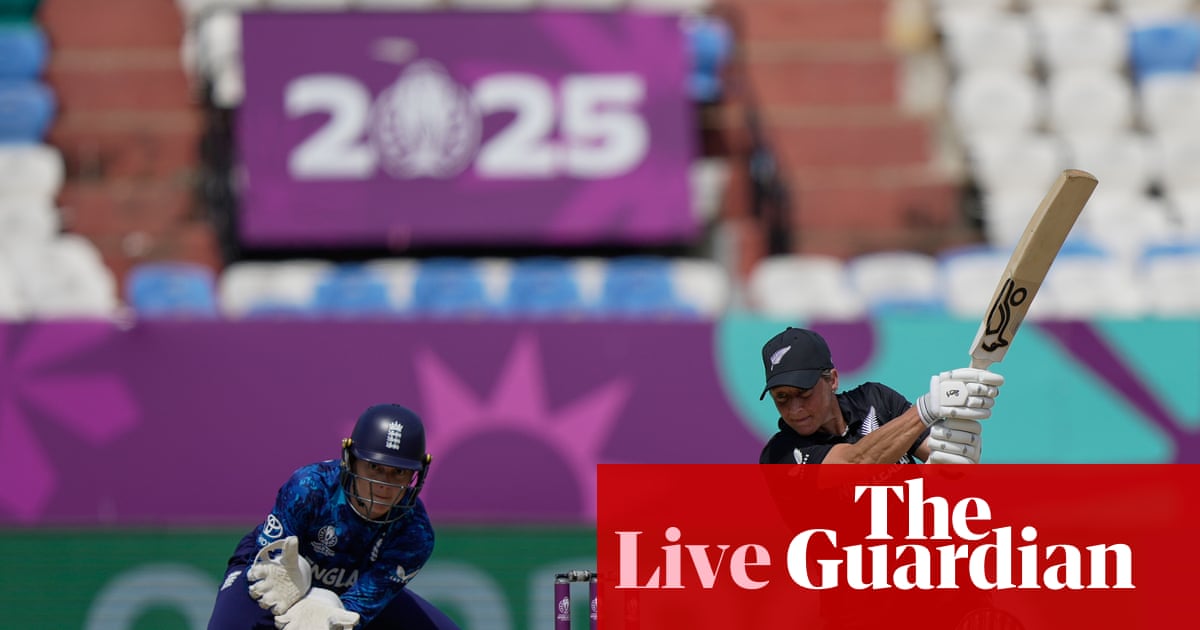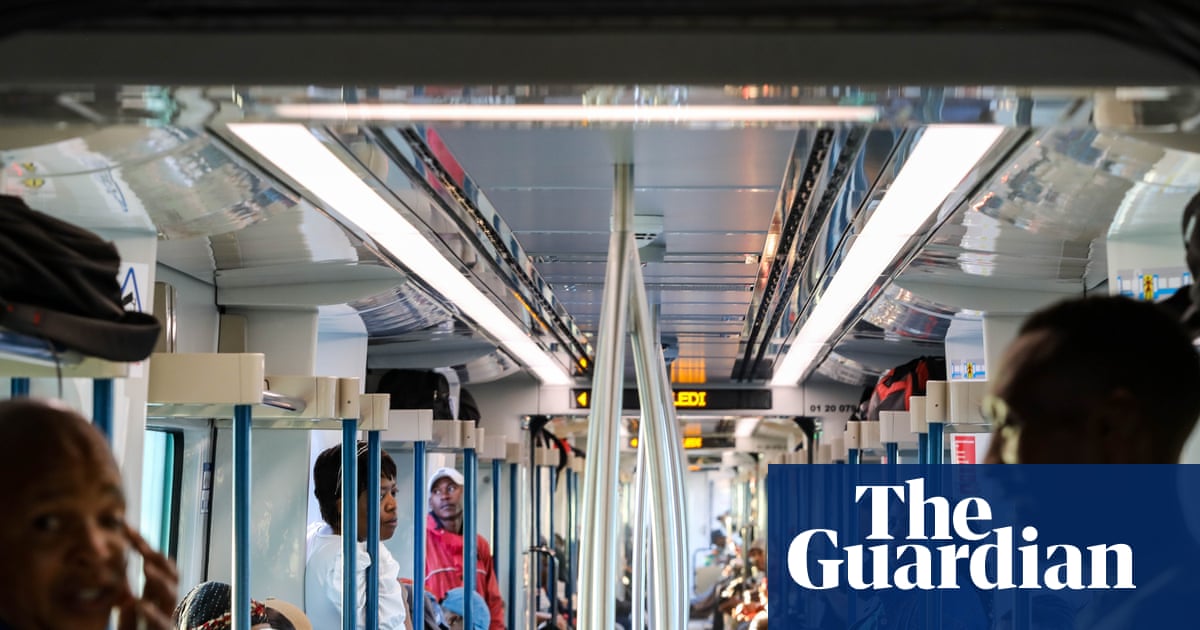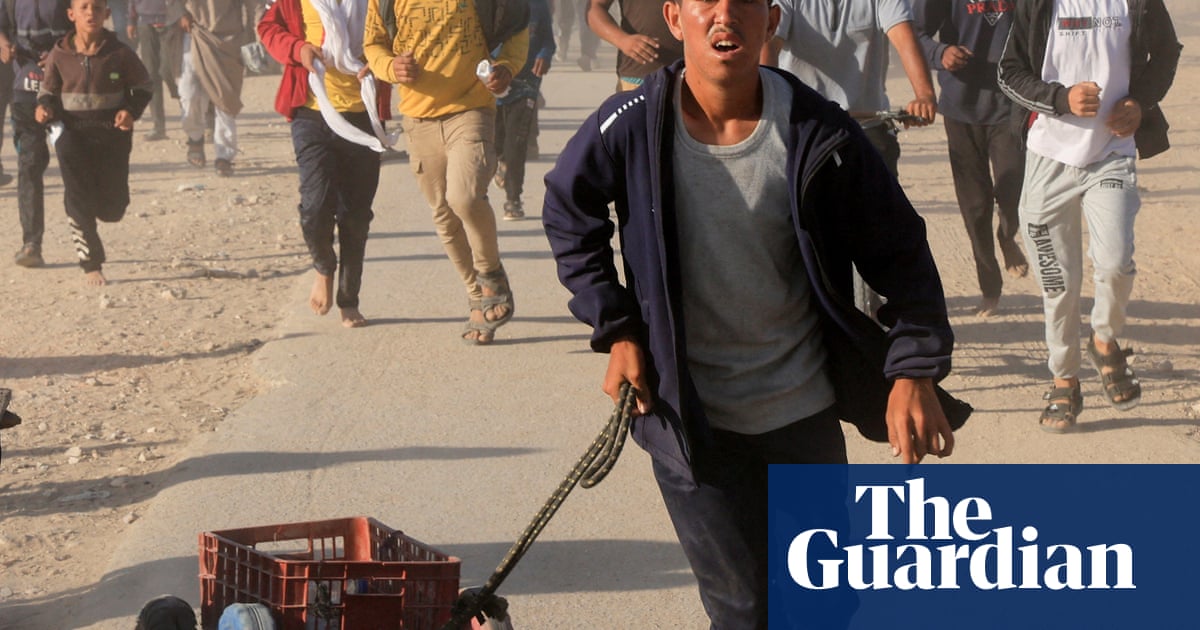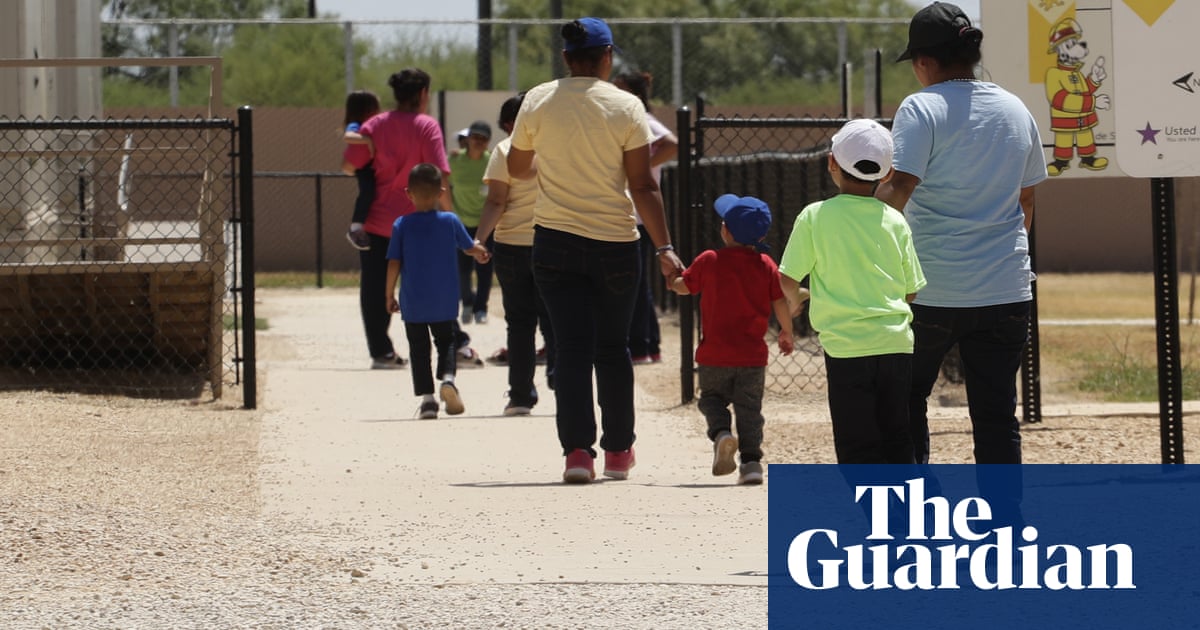Lyubov Lobunets, 77, left her home in the frontline Ukrainian city of Kupiansk in August when it was hit by a Russian explosive.
“I was in a five-storey building,” she explained , speaking from a centre for the displaced in nearby Kharkiv. “I don’t know whether it was a Russian missile or bomb that hit the building but it started a fire, and when the flames reached my floor, I was stuck because the door was damaged and I couldn’t escape.”
The Ukrainian military, she said, saved her life. But by then much of Kupiansk, which had a prewar population of 27,000, had departed. “In the months before I left there were a few shops working,” she said. “But that last month, almost everything closed. All the social services were evacuated.”
Amid the focus on the Donbas region further south and its cities, including Pokrovsk, Kupiansk in the northern Kharkiv region on the Oskil river has drawn less attention. But the slow death of Kupiansk, as it once was, dragged out over two years and more, is a metaphor for the cities of Ukraine’s frontline, ground in the teeth of Russia’s slow-moving combine of violence.
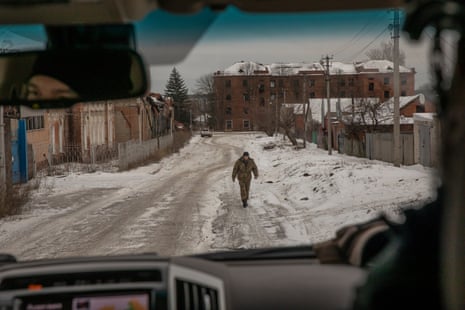
Gone is the small city centre market selling dried fish, honey and vegetables. Homes that dotted the hillside are wrecked by shells. The fields outside the city bordering the river are punctuated by craters.
Yet Lobunets explained her reluctance to evacuate. “I worked as a nurse and my pension is very small,” she said. “I was afraid of where I’d live and how I’d manage.”
Even until recently some of her friends had remained despite a compulsory evacuation order, and as street fighting encroached on some of the Kupiansk outskirts. Most who do remain in the city centre are clustered close to the sports stadium.
“Some friends rang to tell me they had climbed up to the top floor to get a mobile phone connection,” said Lobunets. “They could see buildings everywhere that had been destroyed and fires across the city.”
Occupied in the first months of Russia’s full scale invasion, Kupiansk was liberated in September 2022, largely undamaged as Russian forces pulled backed towards the border.
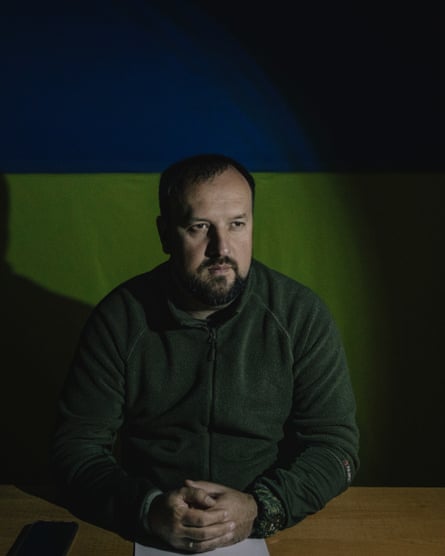
The devastation came later, as Moscow sought to capture it once again, subjecting it to aerial and artillery bombardment. Its forces moved forward to their current partial encirclement, with Russian troops now in some positions on the Oskil’s west bank.
When the Guardian interviewed Kupiansk’s mayor, Andrii Besedin, two years ago, it was in his office in the city centre. Now based in Kharkiv, he has not been able to reach the city since June.
“The situation is really difficult in Kupiansk. It is on the real ‘zero line’ of combat. The Russians are trying to take the city. They are making efforts every day. They have put up flags at the edge of the city and tried to claim that they have taken it, but it remains in Ukrainian hands,” he said.
These days, he said, there are no buildings that are undamaged and nothing works. There is no gas and no electricity. “According to our information there are just over 600 people on the west side of the Oskil river,” said Besedin. “There are evacuations everyday, and now the evacuation zone has been widened because there are Russian units on the right, which the military is trying to push out.”
Formerly declared a “city of heroes” by the Ukrainian president, Volodymyr Zelenskyy, the Russian attack and the Ukrainian defence of the city have been fierce and brutal.
While Russian forces have struggled to cross the Oskil river – which in this area is between 10 metres and 30 metres wide – with their armoured vehicles, some have reached the western bank by crawling through disused gas pipes, a metre in diameter, Ukrainian forces say.
On the Ukrainian side, the brigades in the area have adopted the tactic of dropping razor-sharp nets from their Vampire hexacopter drones to entangle Russian infantry and vehicles who find it difficult to see and even harder to escape them.
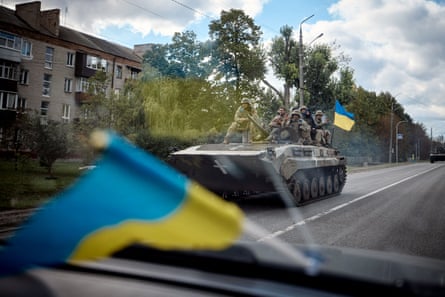
For both sides the widespread use of drones has made moving about in the city and the surrounding countryside perilous, not least in vehicles.
In his command bunker, Capt “Caesar” and the soldiers of the 15th brigade who are fighting just north of the city scanned live drone footage of woods and fields on the right bank of the river for Russian activity.
after newsletter promotion
They asked a drone operator deployed in the field to hover over a dense area of scrub and fallen birch where they thought a Russian position might be hidden. “Look! Here. Look.” Several soldiers gathered around the screen. “Is this the entrance to a bunker?” They peered, looking for signs of movement. There was none.
“When we arrived here our brigade took positions that the previous brigade had lost,” said Caesar. “Since we have been here we haven’t lost any ground and now we are having some small successes pushing back.
“The Russians started using the gas pipe to cross the river at the end of July, but now all the exits to the pipes are under our control. We’ve also seen some attempts to bring vehicles across the river, but each time they try to bridge we sink them.”
The Russian tactic now is to bring tiny groups of infantry across to areas of dense woodland cover where they will rendezvous and assemble with others. “We are talking about very small groups,” said Caesar. “No more than three people, and then they will use gathering points.” He points to a large wooded area on a tablet.
“We know they are trying to gather here opposite our sector, with at least a hundred in this wood out of 5,000 in all directions. But they are always bringing in replacements.”
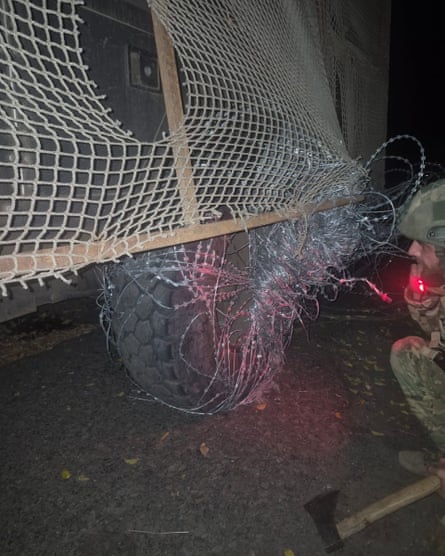
Photograph: Handout
The brigade believes some of the soldiers are from Cuba. “On the intercepts we hear them call them ‘Ethiopians’ but we think they are from Cuba,” Caesar explains, referencing a well-known Russian crime film, where a black criminal is called “Ethiopian” as a racist catch-all slur.
Caesar, whose brigade has fought around Zaporizhia and in fierce battles in the Donbas, sees no end in sight.
“After our big counter-offensive failed in 2023 it was clear from that moment that this war is going nowhere for either side. Our job now is to protect at all times,” he said.
“If we lose it would be a big strategic failure, as a logistics and railway hub. It could be a turning point. The good news is that the high ground around Kupiansk means we can see clearly across a lot of a sector, but there is no sign that they are slowing down in their efforts. They will keep trying because the soldiers are more frightened of their side than they are of us.”
Caesar indicates a road on a map where they have used the nets, known by the acronym MZP, for poorly seen barriers.
“The Russians tried to assault along this road on motorbikes and we used nets against them,” he said, showing a video of a distant Russian motorcyclist seen from a drone. The bike trips, and machine and soldier are tangled in the trap.
In Kharkiv, Mayor Besedin reflects on what has happened to his home city. “If we look at the city there is no activity. There is no life there. It is almost destroyed. At least 10,000 people have moved to Kharkiv. That means the spirit of our lives and the city is here [in Kharkiv]. Until then we wait for victory.”
Ukrainian drone footage shows a Russian motorcyclist trapped in a net – video
.png) 4 hours ago
4
4 hours ago
4

